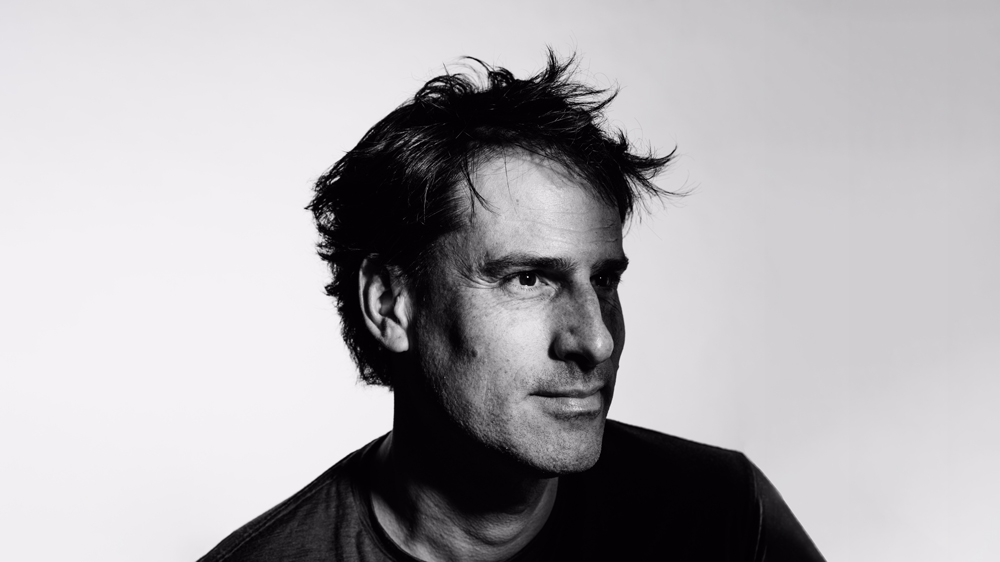Box Clever founder Bret Recor on how to design products with staying power

The effects of blanding — the polished, Instagram-friendly aesthetic ushered in by brands like Everlane and Casper — is being felt across the entire online retail industry. This includes the design studios that work with popular DTC brands.
Box Clever, the San Francisco-based design studio behind brands like Away and Caraway, has been faced with rethinking consumers’ new norms and product needs. Bret Recor, a former design director at Yves Behar’s Fuseproject (where he led on their Herman Miller work), founded Box Clever in 2012 to work with emerging startups. The studio’s first project worked with Away to design their core collection of luggage. Since then, Box Clever has been a design partner of furniture brand Fully and air conditioner maker July, among others.
Over the years, the digitally-native brand space has produced a glut of new startups in categories ranging from cookware to pet care, with endless duplications. The pandemic, Recor explained, has forced to emerging startups plan beyond launching an Instagram-friendly product. And with the e-commerce boom showing no signs of stopping, there’s a looming need to stand out among the crowd. Recor spoke to Modern Retail about building a brand around high quality, beloved products — with the goal to stand the test of time. This interview has been edited for length and clarity.
How has your approach to consumer product design shifted over the past year?
We’re always looking at how the products we design integrate into people’s lives. With the pandemic there’s been an even bigger emphasis on buying products online, which makes the unboxing experience a major touch point for the brand. So we’ve needed to ask ourselves: “how do we transform that experience to be more relatable than ever before?”
Zooming out, there are also future branding aspects to think about — including the company’s entire portfolio of products and how they each interconnect with the overall brand identity. We’re also aiming to design experiences with staying power. It’s no longer just about selling a single product. It’s increasingly becoming about providing a connection via different touch points, and planning diverse offerings to sustain the company during category lulls.
“Staying power” can be tricky in the age of product virality and digital marketing. How does design impact a brand’s legacy beyond the startup phase?
More than ever, consumers are willing to invest in quality rather than simply jumping on a good deal. They’re thinking about the whole lifecycle of the products they’re purchasing — from reducing packaging waste and subscriptions, to “reuse” focused models that think about a product’s entire lifecycle. Our job in all of this is to create uncompromising design that nets out its sustainability impact.
Consumers today are much more conscious about what sustainability actually means to them. They’re also becoming discerning about these brands’ environmental credentials, and are looking beyond the greenwashing claims that companies make. One way we approach this on the design end is by avoiding add-on packaging, like generic branded material, which often creates unnecessary waste and takes away from the unboxing.
How are brands you’ve recently worked on, like July and Caraway, navigating this approach to developing products?
There is definitely a shift away from just trying to do a single product in a category. The most successful young brands aren’t thinking of doing one thing. They’re working on building a comprehensive, yet flexible product roadmap. That generally works best when there’s a close designer–business relationship, where we can plan more complex, multi-year projects and product launches. These young companies have to stay agile, and that agility comes through partners who can help them look beyond a fixed brief.
Ad position: web_incontent_pos1
Caraway cookware and July’s reimagining of air conditioners are finding ways to fit in your home in ways not typically associated with these products. July has been exploring colorways that make AC units feel like an interesting décor choice. With Caraway, they’ve embraced the ethos of creating products that perform and look great — either on display or easily organized and stored away. Founder Jordan [Nathan] and the team are good at that. They’ve been willing to pivot and adapt by approaching product development in a more exploratory way, oftentimes via open creative briefs and responding to customer feedback. They’re currently working on a series of new product categories and launches over the next couple of years, which we’re really excited about.
What are upcoming brands you’re working on, along with your own in-house R&D design hub?
As far as R&D, The Lab is Box Clever’s internal hub for product experimentation, where team members at all levels of the company can pitch ideas no matter how implausible or far-fetched they seem. It’s become both an amazing creative outlet for our team, as well as an opportunity to get more hands on with the whole lifecycle of bringing a product to market. The Lab’s first project was the Fade Task Light, a high performance LED task light that’s beautiful, affordable and highly functional. With it, we got to experience the whole production process firsthand, from conception to development to manufacturing and distribution. We have some other really exciting projects in the works, including a home children’s product.
As a studio, we’re working on a new furniture line that reflects the new hybrid home and office lifestyle. Another client is Eddi, which is launching an elegant approach to plastic-free soap dispensers and all-natural scented hand soap.

